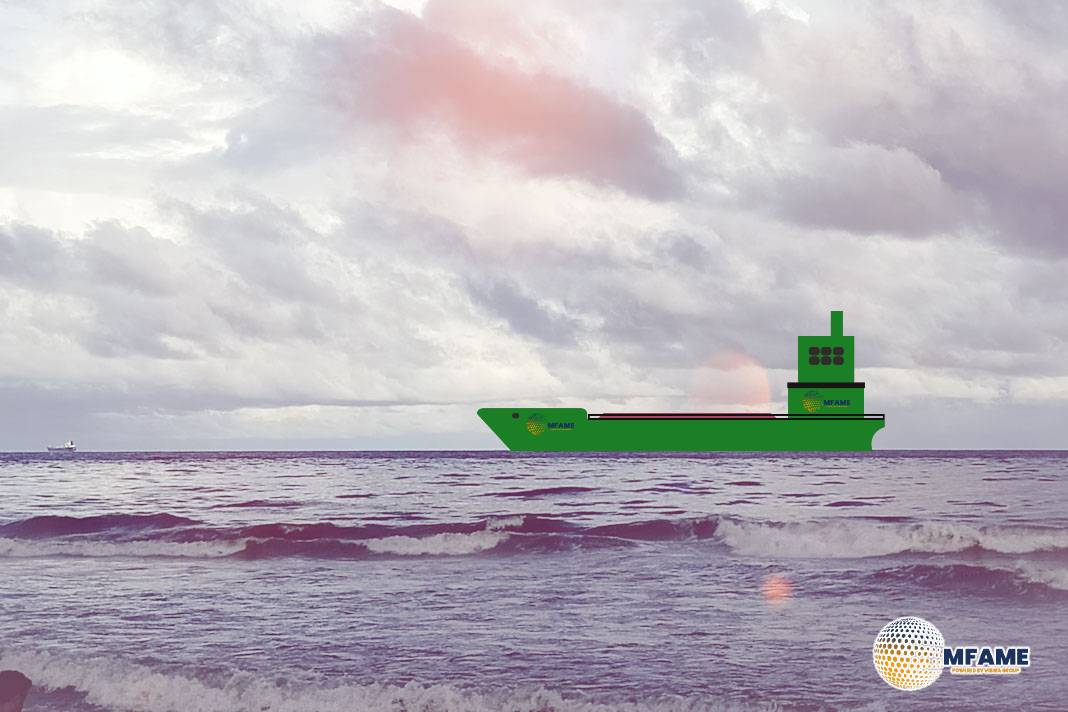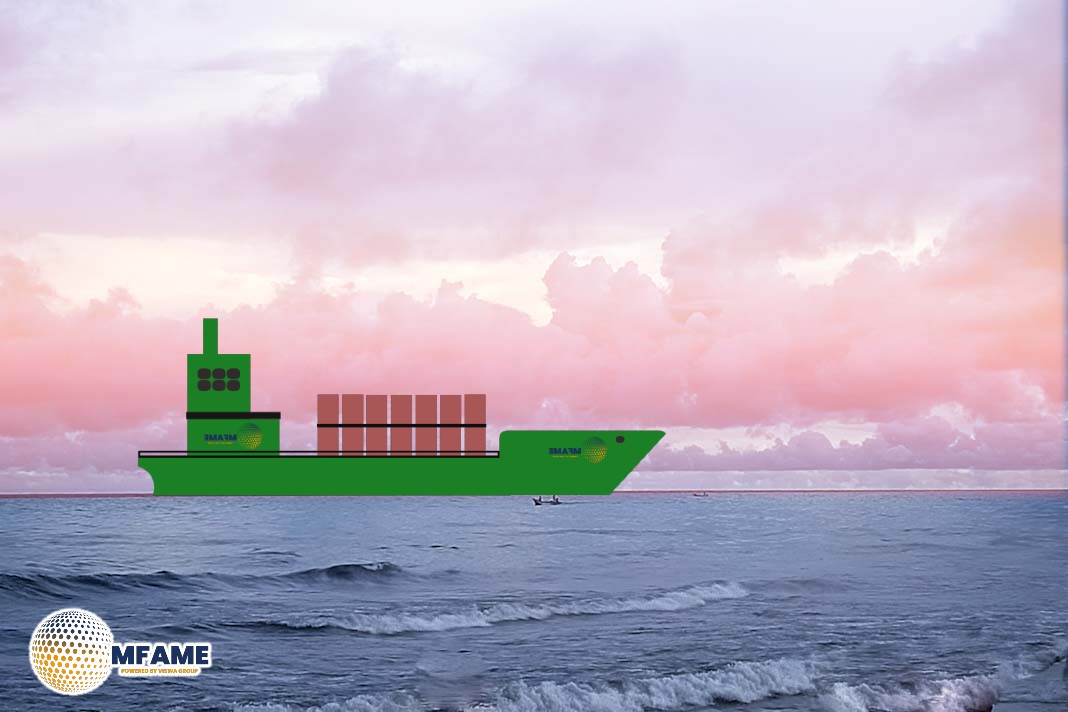The UK Marine Accident Investigation Branch has published Safety Digest 2/2024, which consists of lessons from recent Marine Accident Reports. IMCA has reviewed the report and passed on to members some of the incidents that we consider to be of interest. This is one of them.
What happened?
A deck officer was killed during mooring operations when a mooring rope parted and struck him on the head. The incident happened alongside on an ultra large container vessel. Cargo operations had been suspended due to very strong winds of over 50kts and the Master had taken the precaution of posting a crew member at the vessel’s forward and aft mooring stations to monitor and adjust its lines. A deck officer was making an inspection of the safety and security of the vessel, and on reaching the forecastle, went forward of the mooring winches to inspect the lines. While the officer was in this exposed position, standing close to a mooring line, a strong gust of wind hit the vessel and the rope parted close to the bollard ashore. On board, a bight of the mooring line flew up as the tension was released, striking the deck officer’s head. The ship’s crew quickly raised the alarm and paramedics attended the vessel. The injured deck officer was taken to hospital, but died a few days later.
What went wrong?
MAIB notes that mooring lines under tension in bad weather present a very significant risk to life and it must be assumed that they are liable to fail without warning.
- On this occasion the line parted just behind the mooring eye close to the jetty. Although the end of the rope did not snap back onto the forecastle, the sudden release in the line’s tension caused a bight of the rope on board to fly up and strike the deck officer.
- It is possible that the deck officer did not realise the risk involved of being stood in that place. The vessel’s mooring lines were almost new, still in good condition and no audible creaking or groaning was present to indicate imminent failure.
Lessons
- The entire forecastle mooring station had been identified as a snap-back zone;
- Additional measures to reduce risk could include fitting snap-back arrestors to mooring lines. These arrestors absorb the force within a parted line;
- STOP THE JOB!! The vessel operator in this case also introduced a campaign to encourage crew members to challenge colleagues who they observed as about to put themselves at risk.
Did you subscribe to our daily Newsletter?
It’s Free Click here to Subscribe!
Source: IMCA
















